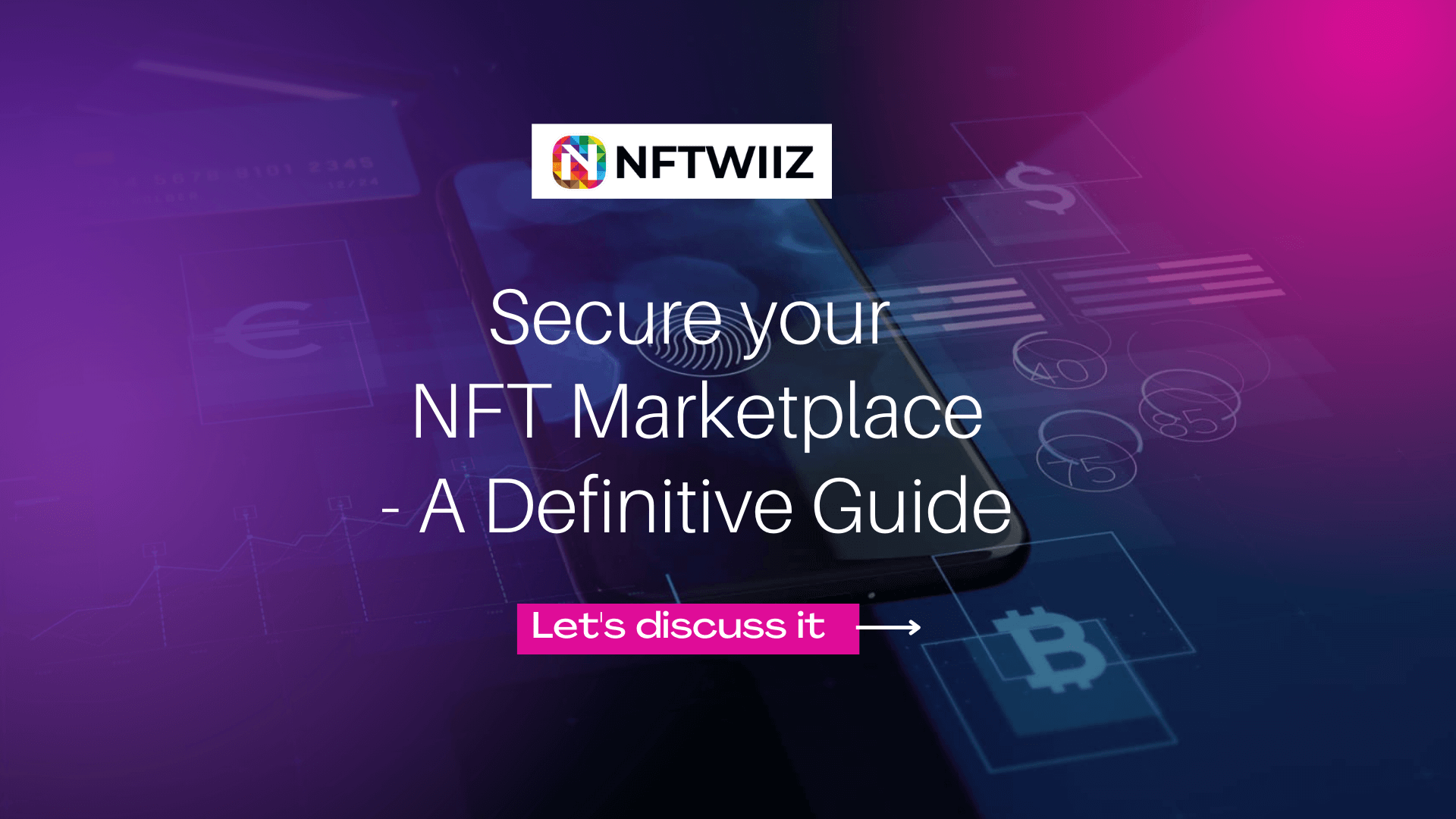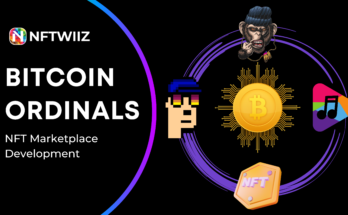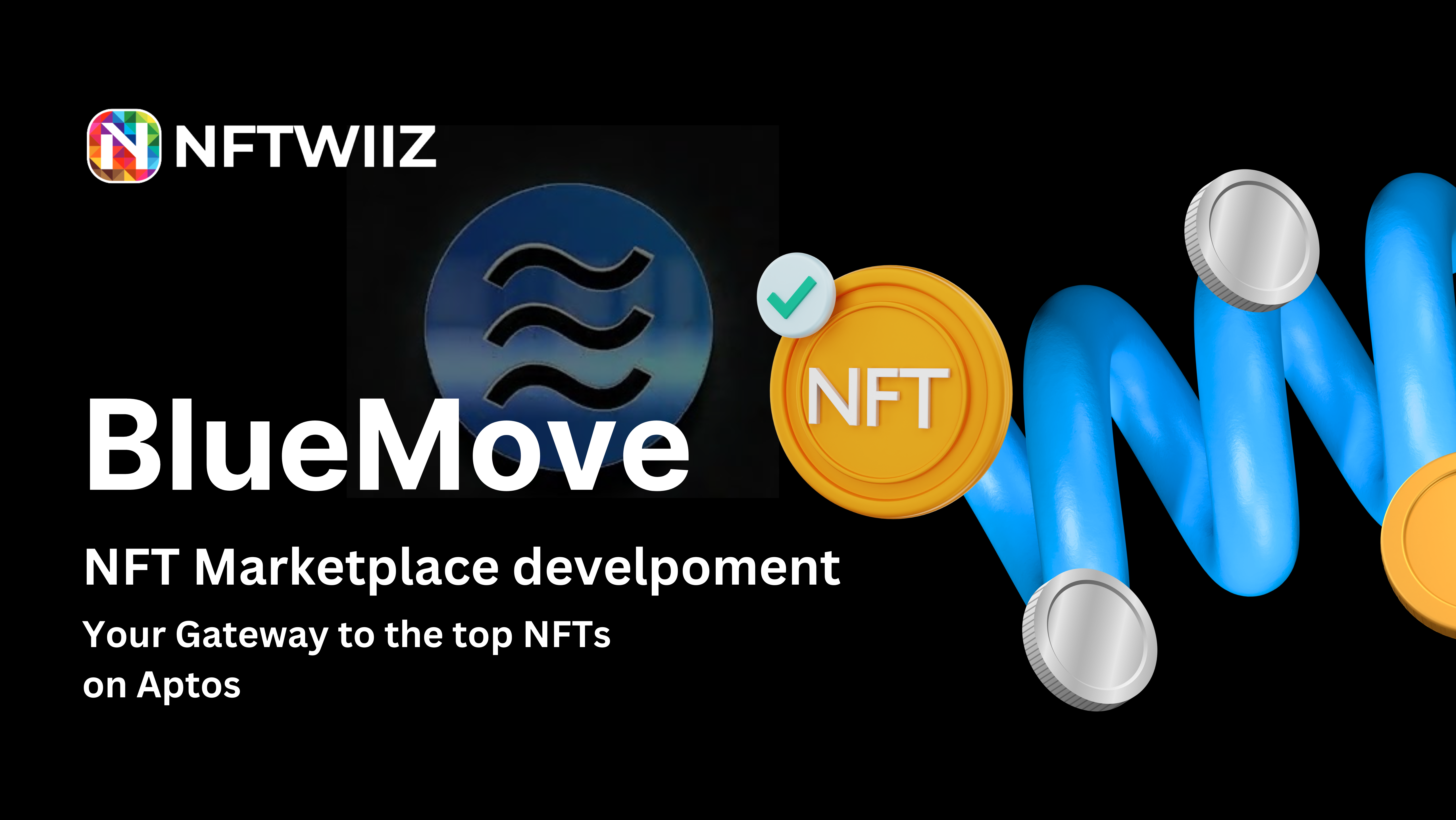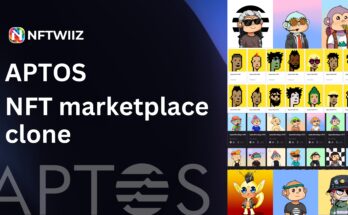Non-fungible tokens or NFTs have been appearing in every news since last year for mind-blowing reasons, but unfortunately, so are malicious actors. Up to $2M worth of NFTs have been lost in hacks, thefts and other schemes this year alone
This article will educate you on how NFT marketplaces and wallets work and how to stay safe while purchasing and storing your NFTs. Learn how to keep your NFT marketplace secure while malicious attacks.
NFTs are bought and sold in popular NFT marketplaces, ranging from popular non-custodial platforms like Opensea and Rarible to custodial ones like Binance and Coinbase. Here’s a brief overview of how each of them works:
1. Non-custodial NFT Marketplaces
Non-custodial marketplaces, as you probably already know, require you to access the platform via a web3-compatible wallet like Trust Wallet or Metamask. Buying one will require you to connect the blockchain network’s wallet to your NFT account.
For example, to buy an NFT on Ethereum-based marketplaces like Opensea or rarible, you must connect an Ethereum wallet.
2. Custodial NFT marketplaces
On the other hand, custodial marketplaces require you to trade only after verifying their details and complete in KYC. After buying, your NFT, like other coins, will be stored in Wallet.Trading NFTs in either type of marketplace bears several risks and benefits that must be considered carefully.
Custodial marketplaces often require identity verifications and are well subject to regulations. This means your assets could be clamped down upon, suspicion of nefarious activities (even if there are none).
Non-custodial marketplaces, on the other hand, favor autonomy but, at the expense, provide easy access to bad actors that can easily scam unsuspecting users, parting away with their funds.
Regardless of the category you choose to stay in, here are measures to secure NFT marketplace:
1. Avoid Fake NFTs.
Purchasing fake NFTs is one of the ways users often fall into scams. Fake NFTs are often plagiarized, watered-down versions or artworks littered on several pages.
Solution: You can easily validate the authenticity of any NFT if you are buying on NFT Marketplace.
2. Avoid Doxing Your Wallet Address.
Transactions on a blockchain are traceable, and doxing your wallet address at every chance you get will do no good. You could be monitored by hackers waiting for a vulnerable moment, or even physically attacked in extreme cases. Instead, you can create multiple wallets for several uses and keep a low profile as much as possible.
Solution: You can import multiple wallets in NFT Marketplace
3. Protect Your Hosting Server
It would help if you considered protecting your hosting server with top antiviruses against hidden malware or spyware that can secretly record your transactions.
Solution: : Monitoring, Recording and Tracking of NFT transactions in NFT Marketplace.
How NFT Wallets Work to Secure NFTs?
After users have purchased NFT assets, it gets stored in a wallet. Wallets work similarly to traditional bank accounts in that the software stores your tokenized assets using two keys—public and private. Public keys can be thought of as bank account numbers with which you receive funds (NFTs), while private keys are unique passwords used to sign off transactions.
Like NFT marketplaces, several factors also differentiate wallets, and the most important is the custody of private keys.
Custodial wallets keep the keys and instead provide users with personal credentials to sign up/ log in to their platforms.
Non-custodial wallets, on the other hand, encrypt your wallet’s private keys to generate a 12–24-word string of random words called recovery phrase or seed phrase. Non-custodial wallets afford users autonomy, i.e., users open a web3 wallet, sign in to the platform and connect, buy NFT, and NFT assets will be saved on your wallet, which you can disconnect from the marketplace at any time.
Let’s look at several ways we keep custodial and non-custodial NFT wallets safe.
Custodial Wallets—Secure Login Credentials
For custodial wallets, keeping users’ wallets safe rests in large parts on the wallet provider; but users will still need to be careful with password.
We ensure that users login details are a combination of alphanumeric characters, with symbols and casing included. We are not allowed to use something generic or something that can be easily guessed.We can enable Two-Factor Authentication, preferably with a secure email address and Google Authenticator.
Non-custodial wallets— Secure Recovery Phrase
For non-custodial wallets, users bear the sole responsibility of keeping wallet safe, and this is hinged on how well you secure your recovery phrase. Losses often result from improper storage or inadvertent leaks via phishing, fake airdrops, impersonations etc.
Here are the essential measures we keep your recovery phrase safe in NFT marketplace:
1. Avoiding leaks
Unless you want to access your wallet app on another device, there is absolutely no reason to reveal your recovery phrase to anyone— not even the wallet provider. There are popular ways users leak their recovery phrases, such as phishing attacks, impersonation, fake airdrops, etc
2. Phishing Attacks
Phishing attacks can come in pop-ups on websites or fake accounts on social media, requiring you to write down your recovery phrase to win some reward. The targets are often newbies and users yearning for quick gain.
The Takeaway
Securing your NFT Marketplace is of utmost importance; hence, we must always cover loose ends and update ourselves on the best practices.
Want to learn more about securing your NFT marketplace? Talk to an expert today!
Our experts can help you understand the risks involved in trading NFTs and how to protect yourself. We can also help you choose the right NFT marketplace and wallet for your needs.











